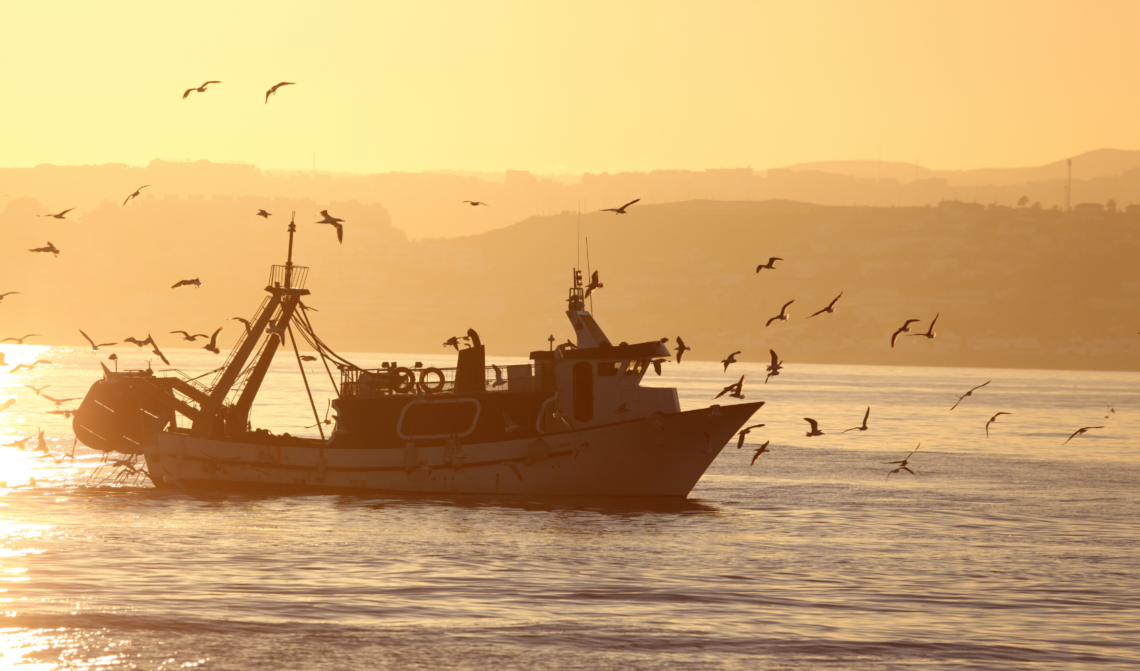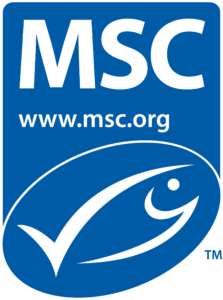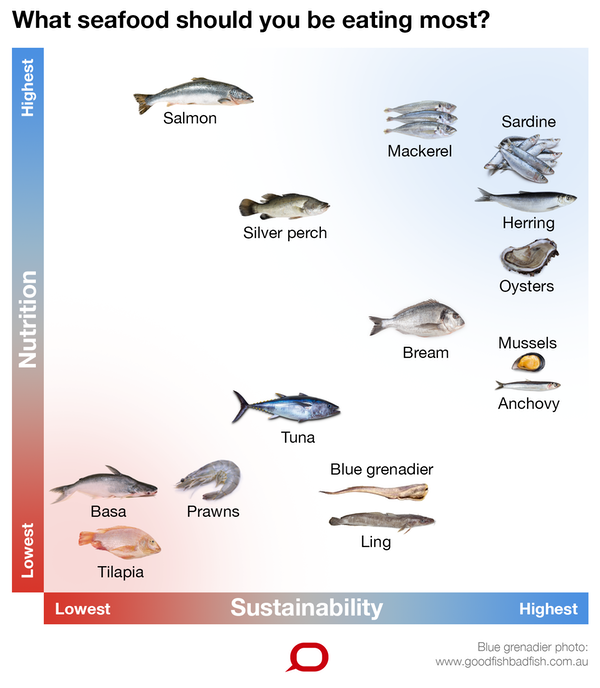With the silly season just around the corner, Aussies are starting to plan their festivities with family and friends. And of course, no Aussie Chrissy lunch would be complete without the Aussie fave, freshly caught seafood.
A new survey released yesterday from the Marine Stewardship Council (MSC) has revealed that forty-four per cent of Aussies plan to purchase wild-caught sustainable seafood this Christmas – a decline from last year. The research also found that Australians are unsure how to identify which seafood is sustainable – and that’s a key barrier to helping Aussies purchase sustainable seafood.
Some key findings include:
- Half of Aussie seafood lovers find it difficult to identify if their seafood is wild-caught, with 40 per cent saying that they don’t know what to look for
- 2.6 million Aussies (16 per cent) don’t even know what wild-caught sustainable seafood is
- Two out of three Aussies plan to chow down on prawns this Christmas, but only 44 per cent of those plan to buy wild-caught sustainable prawns – down from half in 2020
- 39 per cent are more likely to purchase wild-caught sustainable lobster this year

Why should we choose sustainable seafood?
We all love seafood and in Australia we eat about 400,000 tonnes of it every year. But issues like overfishing and slavery run rampant in the fishery industry across the globe. Imported seafood can be especially difficult to track, as the supply chain may not be very well monitored.
Controversial fishing methods such as bottom trawling and longlining damages habitat and can kill unintended or even protected species like turtles – and result in a bycatch of up to 20 per cent of the total catch.
Bottom trawling, which involves dragging a weighted net along the ocean floor, can easily damage or destroy a habitat – and bring up by-catch with it.
In addition to killing threatened species like turtles, by-catch can disrupt the food chain – meaning that animals like dolphins and sharks end up with a shortage of prey to feed on.
How to identify sustainable seafood? 
Anne Gabriel, MSC Oceania Program Director, says that almost half of Australia’s wild catch is now certified sustainable, meaning that it is much easier to source than you might expect.
One way that consumers can identify sustainable seafood is by looking for the MSC blue fish tick.
Consumers can also check the Good Fish Online Sustainability Guide, Seafood Watch, Good Fish Bad Fish, and Sustainable Table Switch the Fish Guide.










